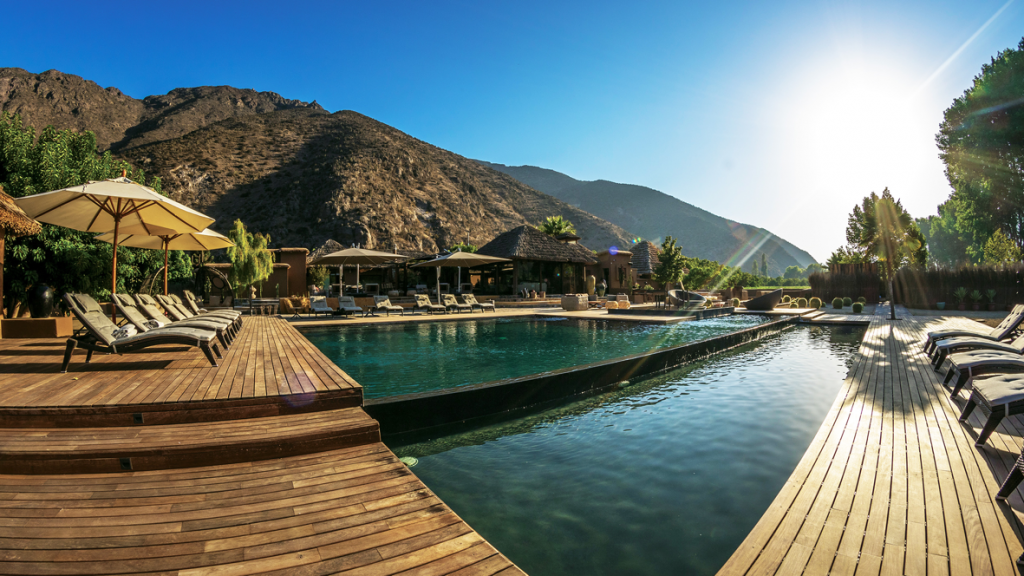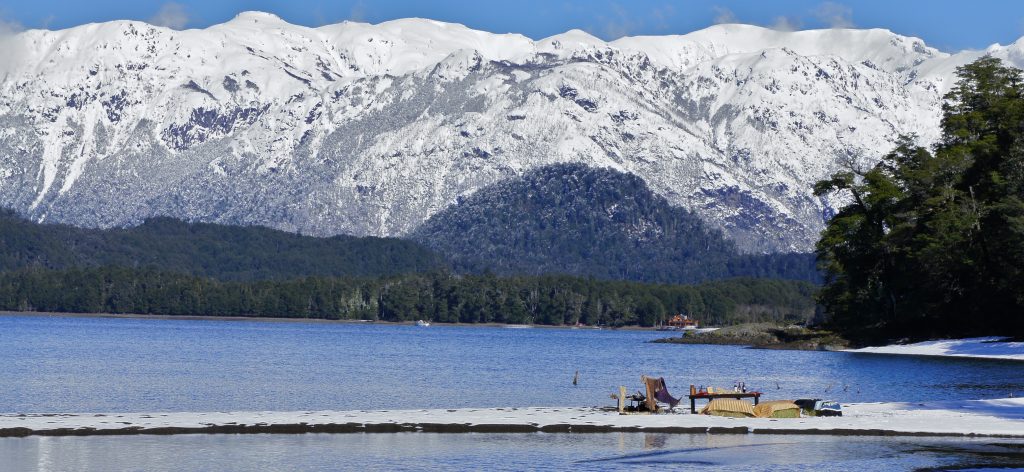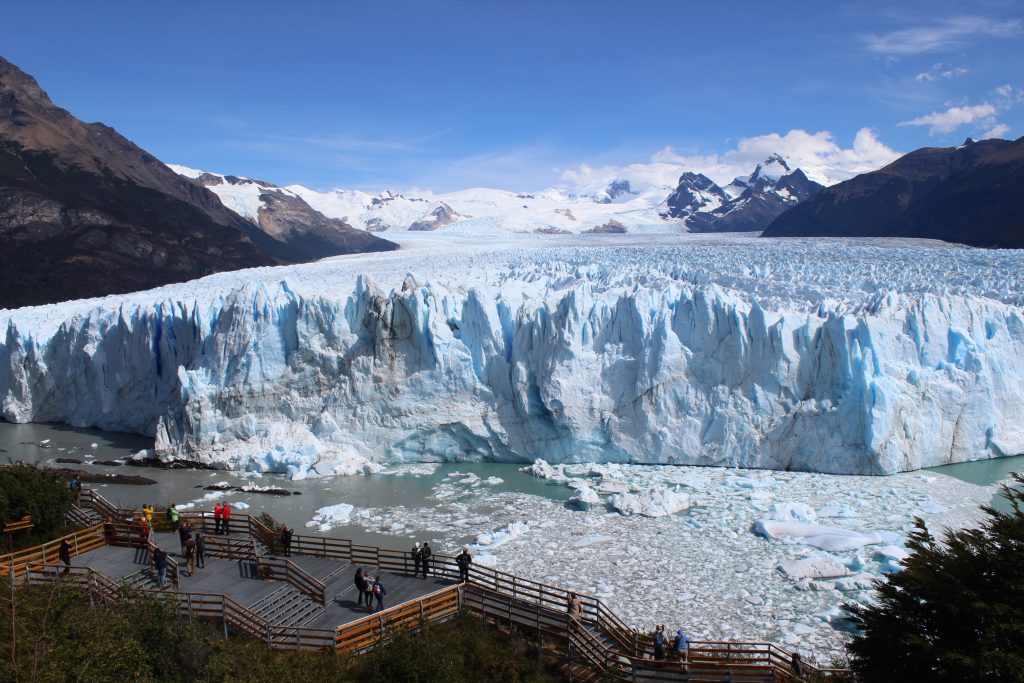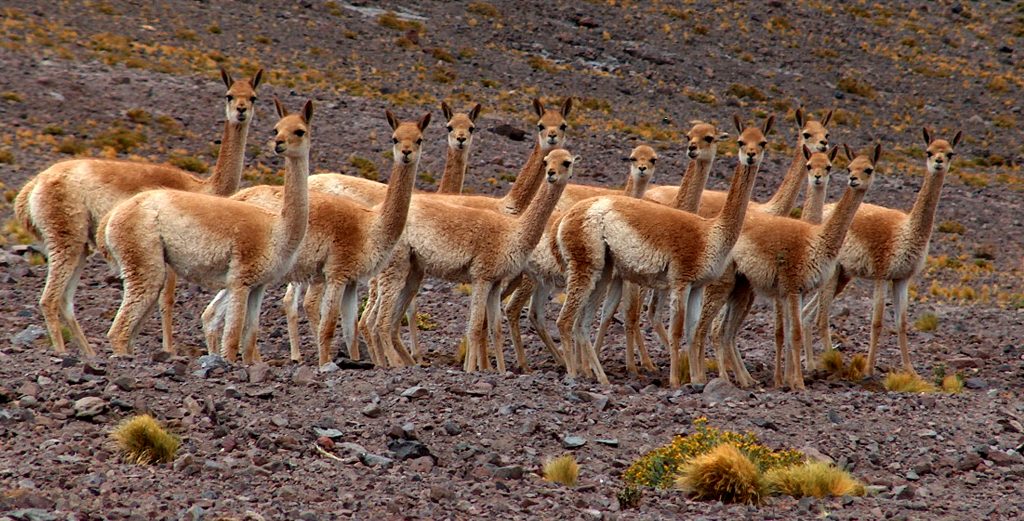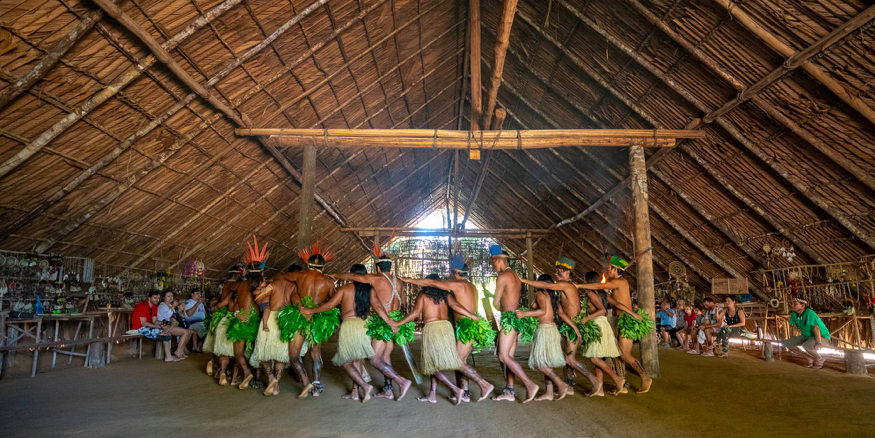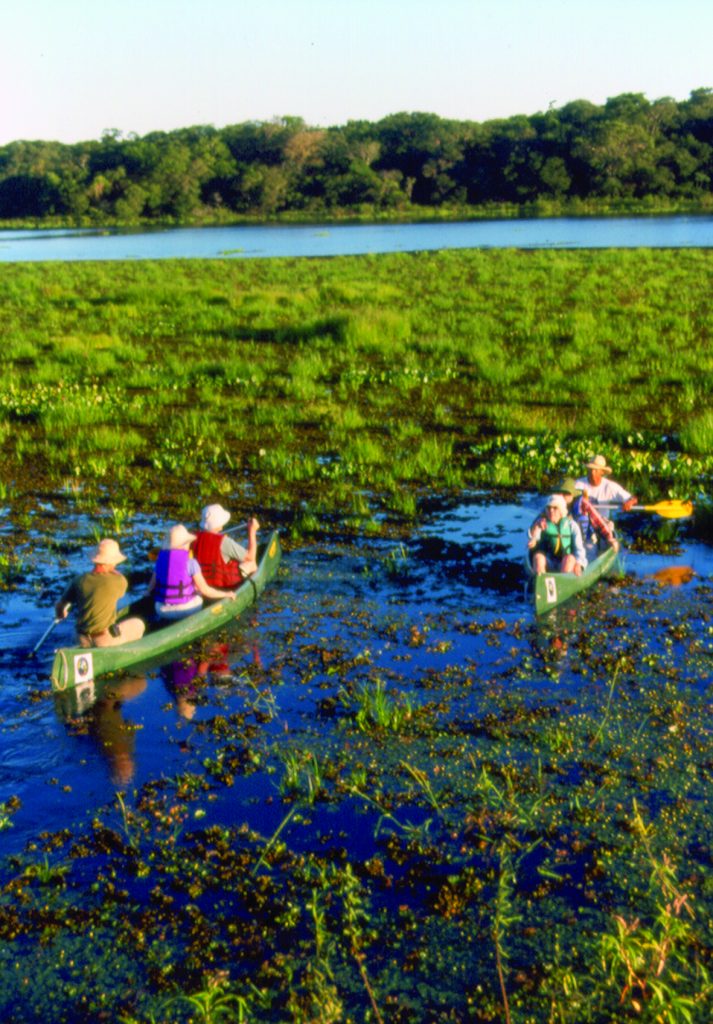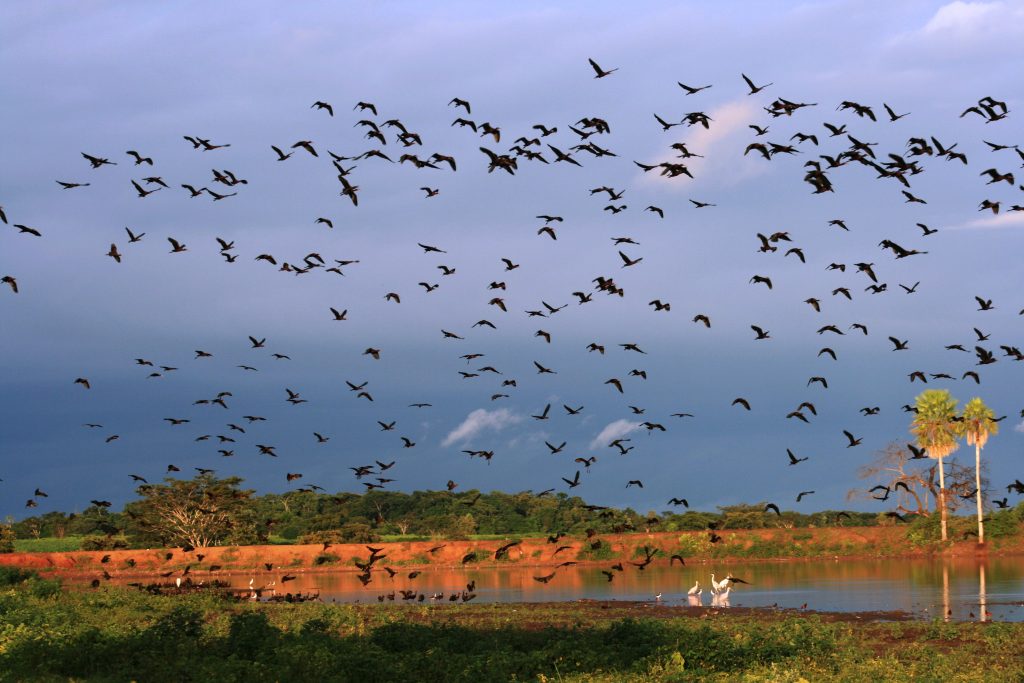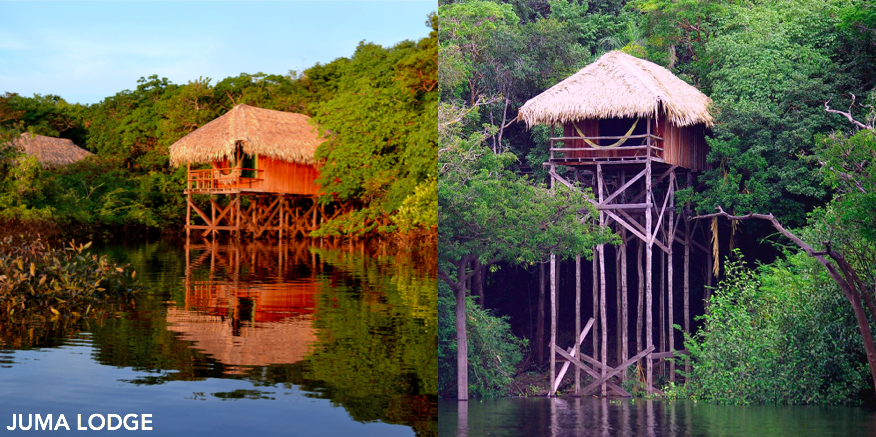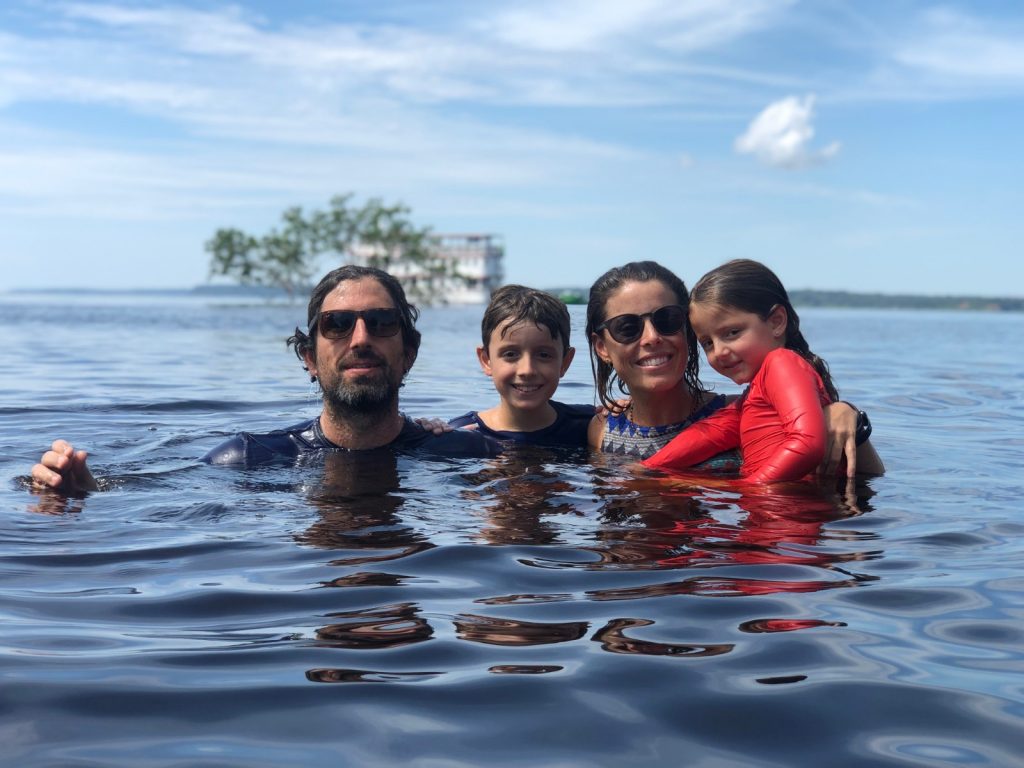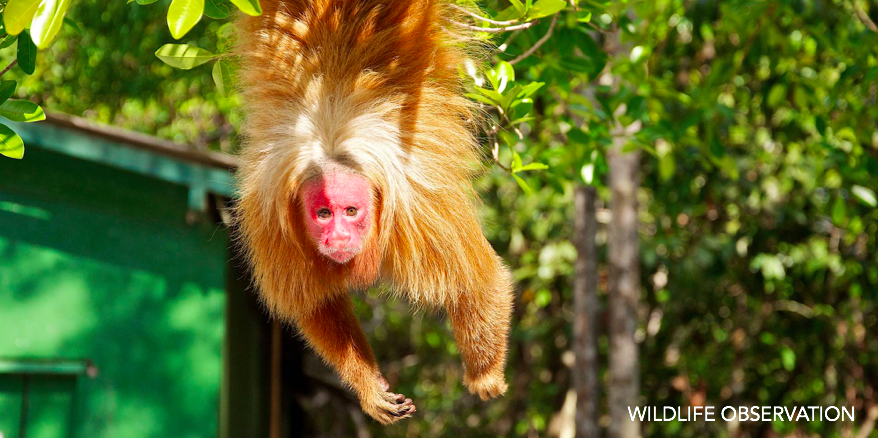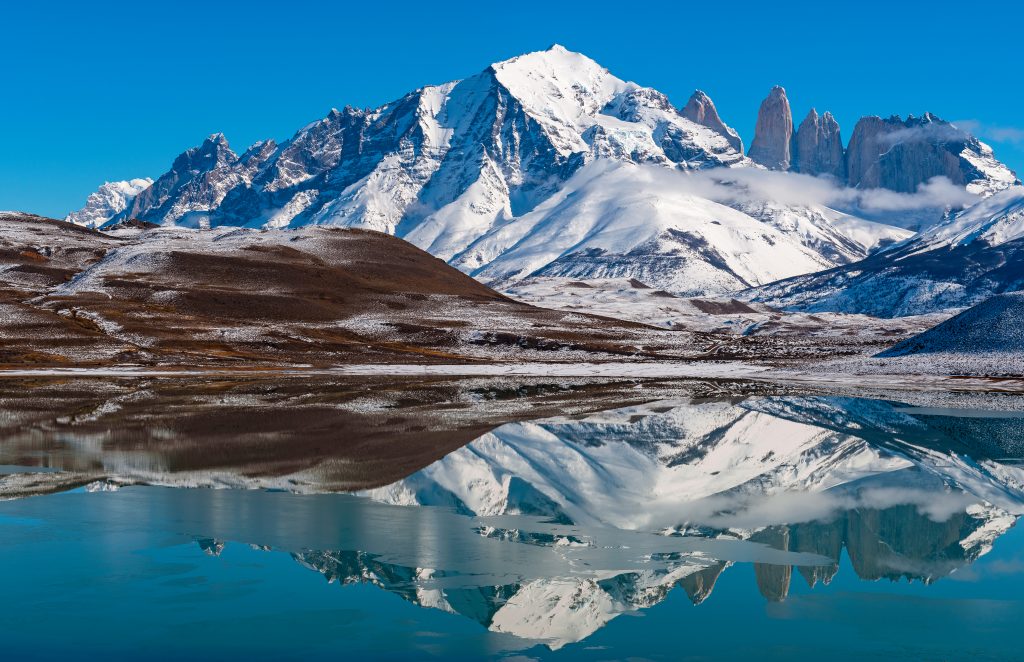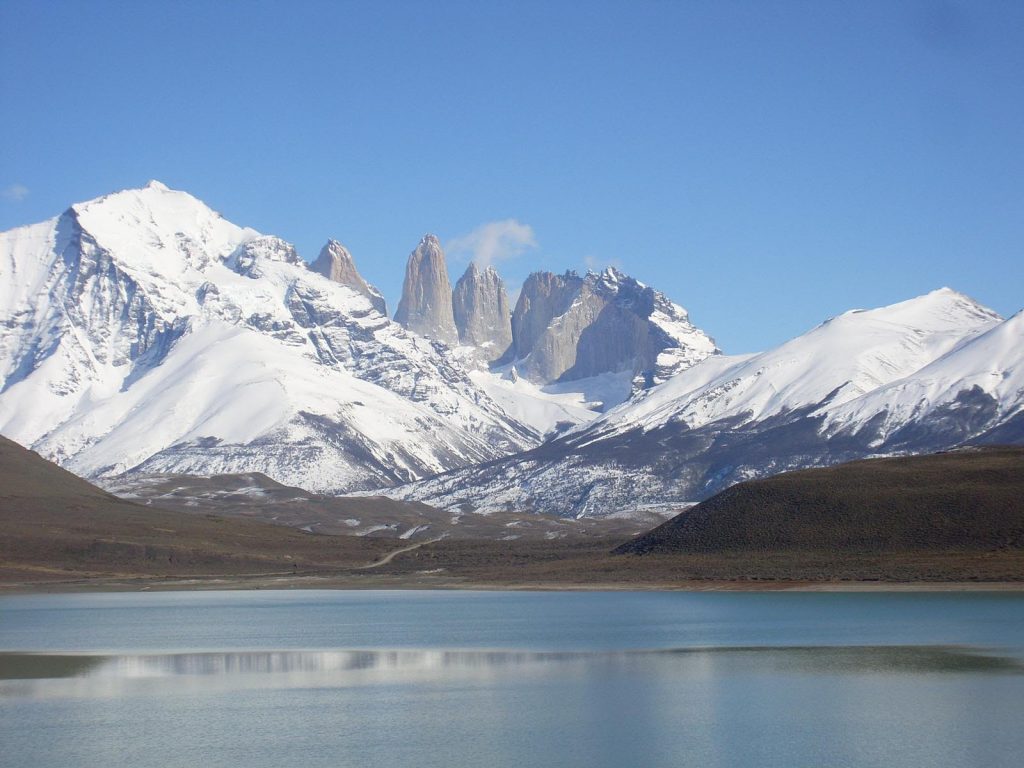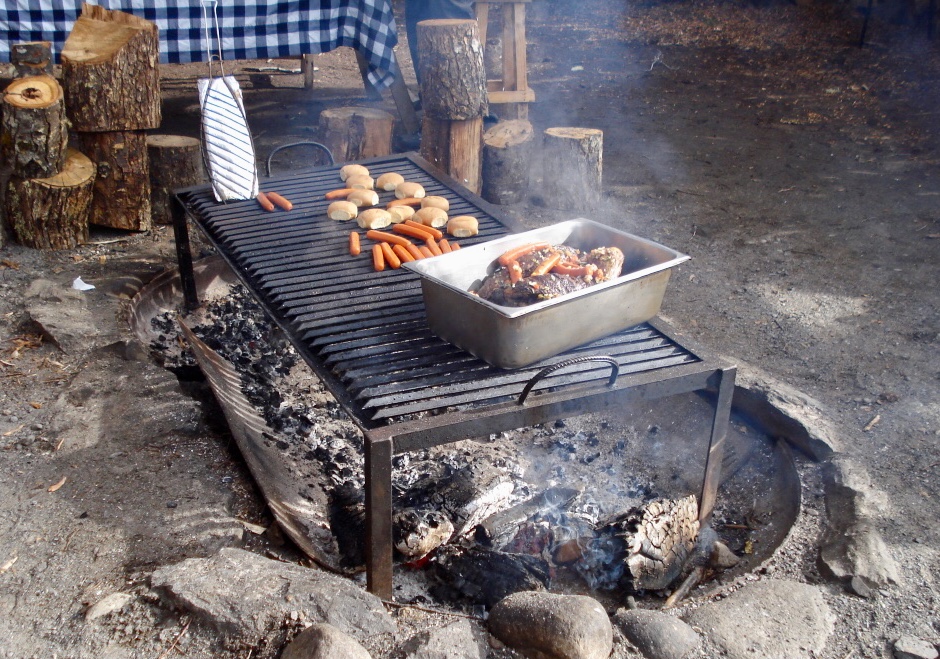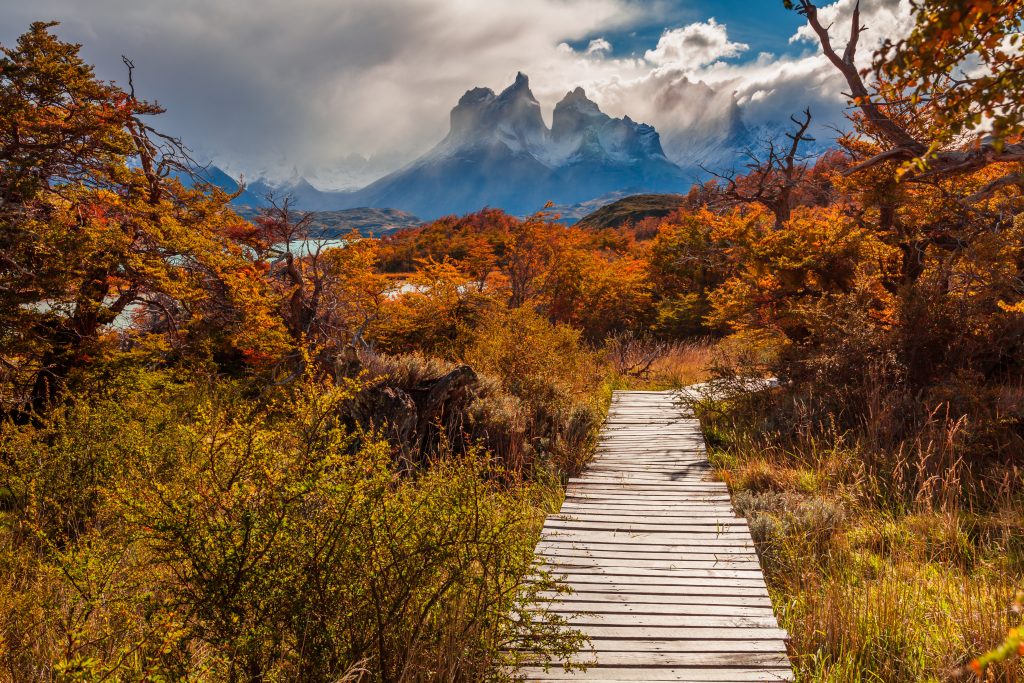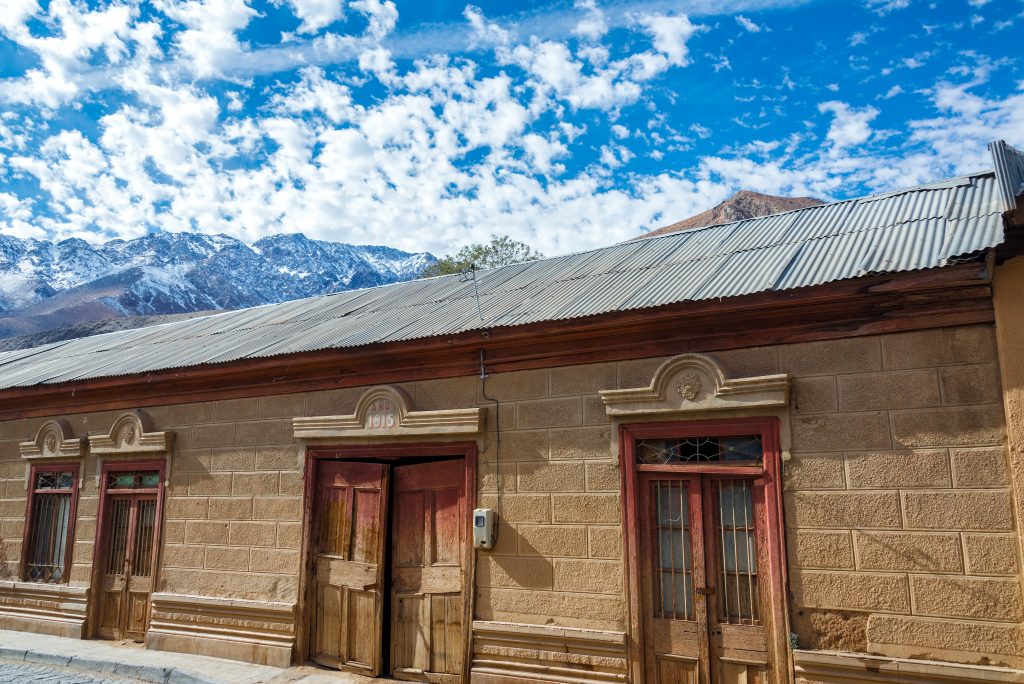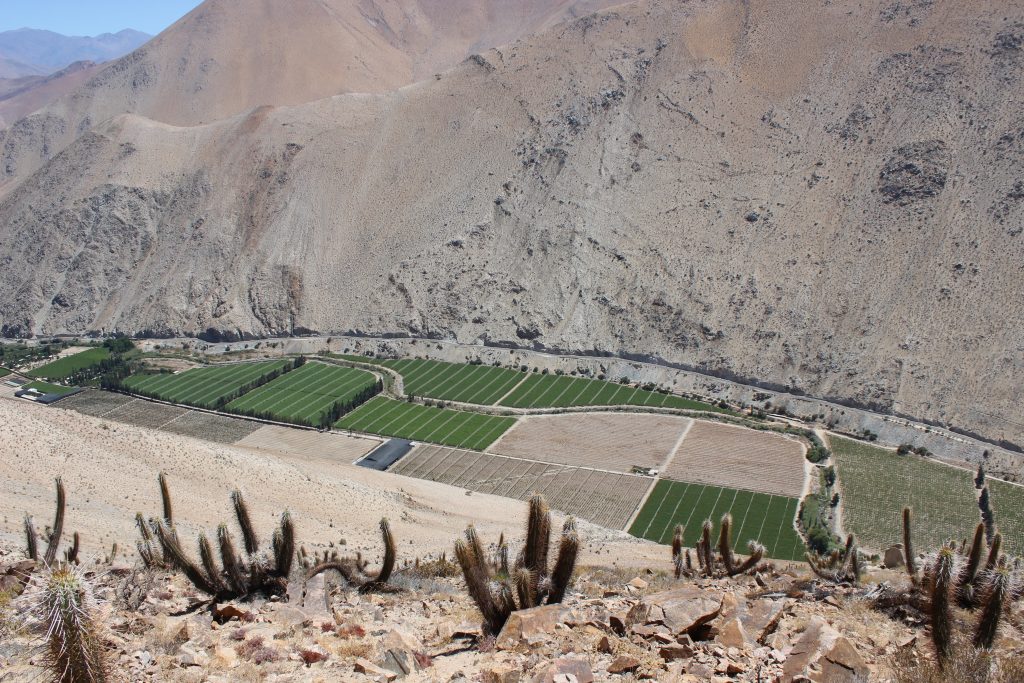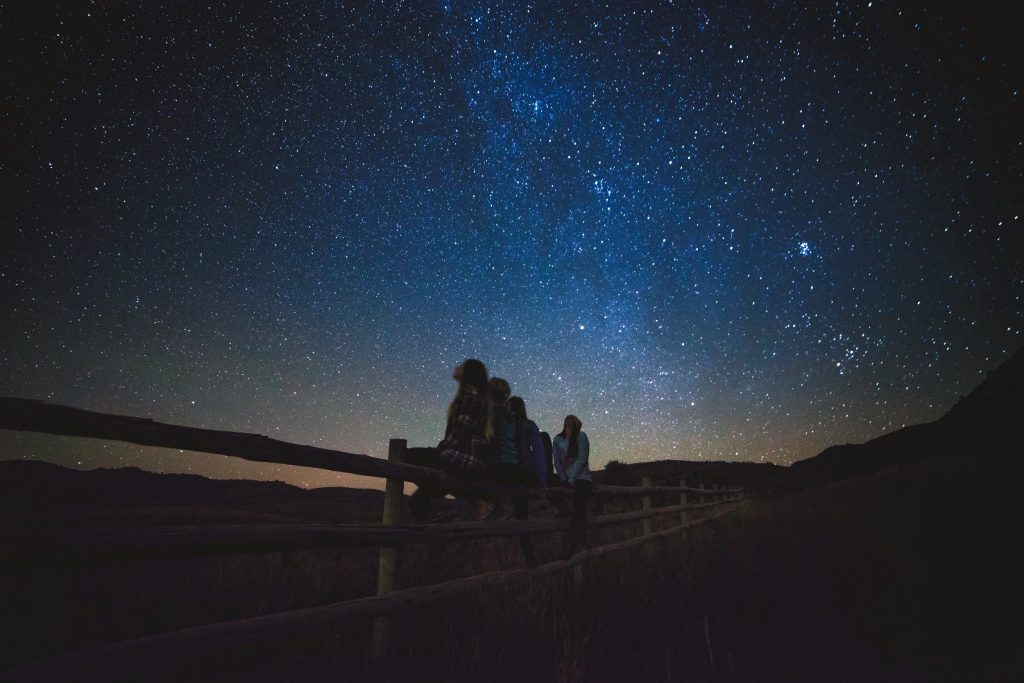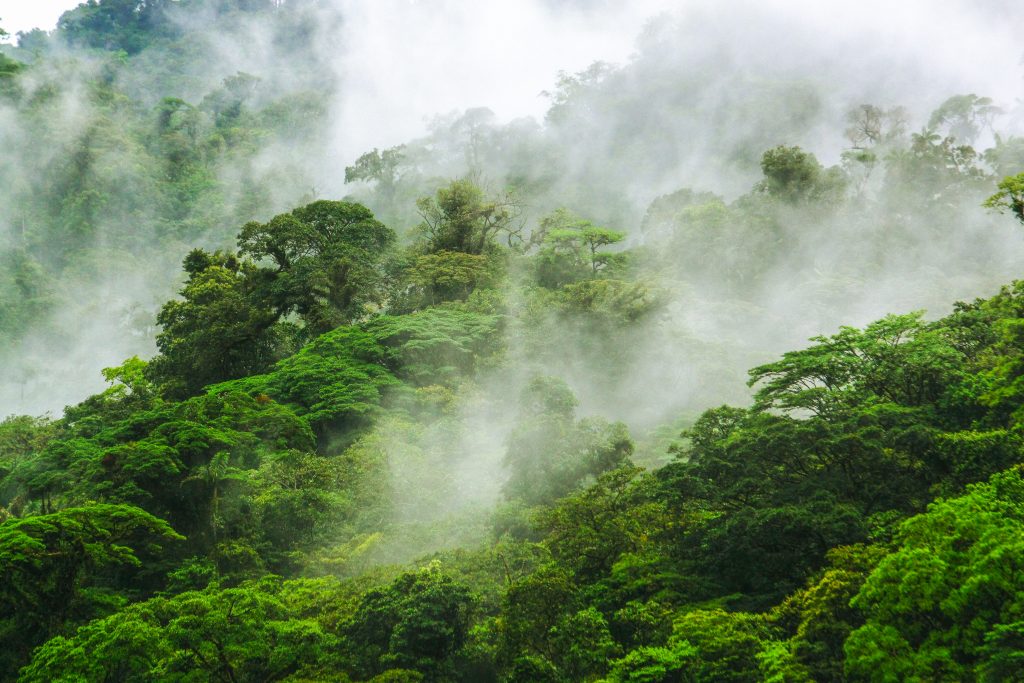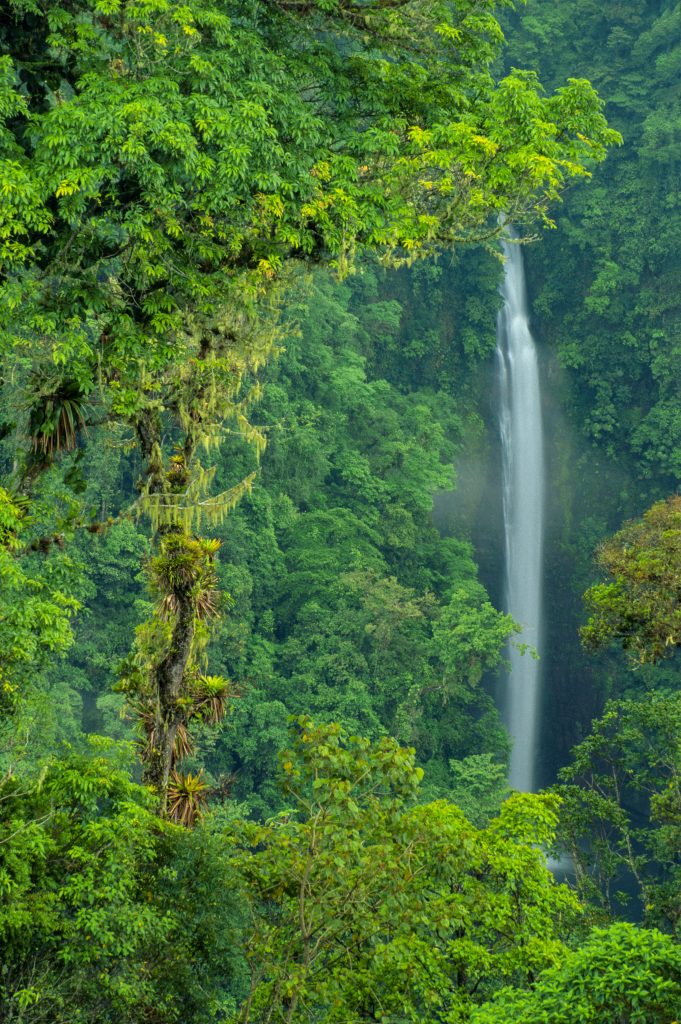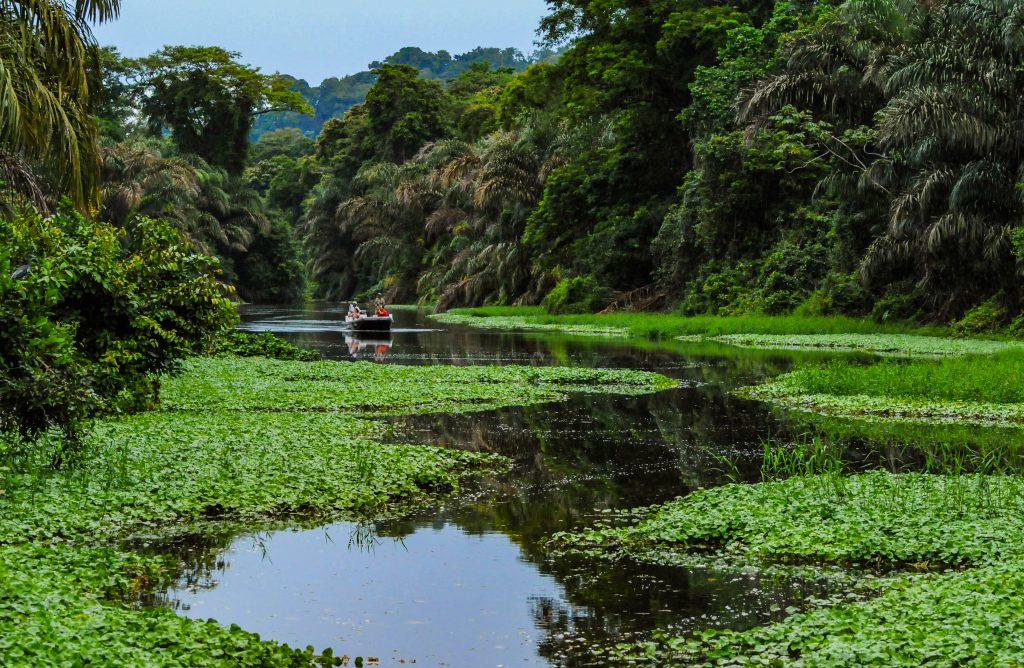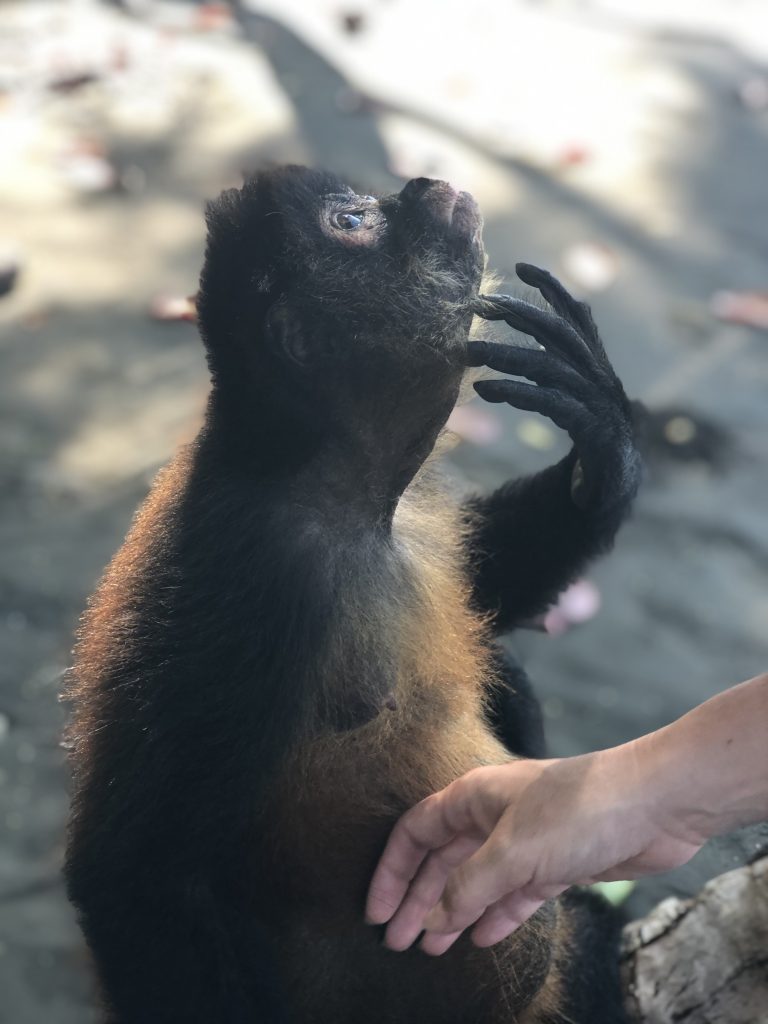
I’ve been lucky enough to visit Costa Rica many times on inspection trips and it’s a destination I have always enjoyed. This trip, however, has taken our relationship to a new level. True, I did get to channel my inner princess while staying at some of Costa Rica’s finest properties…..
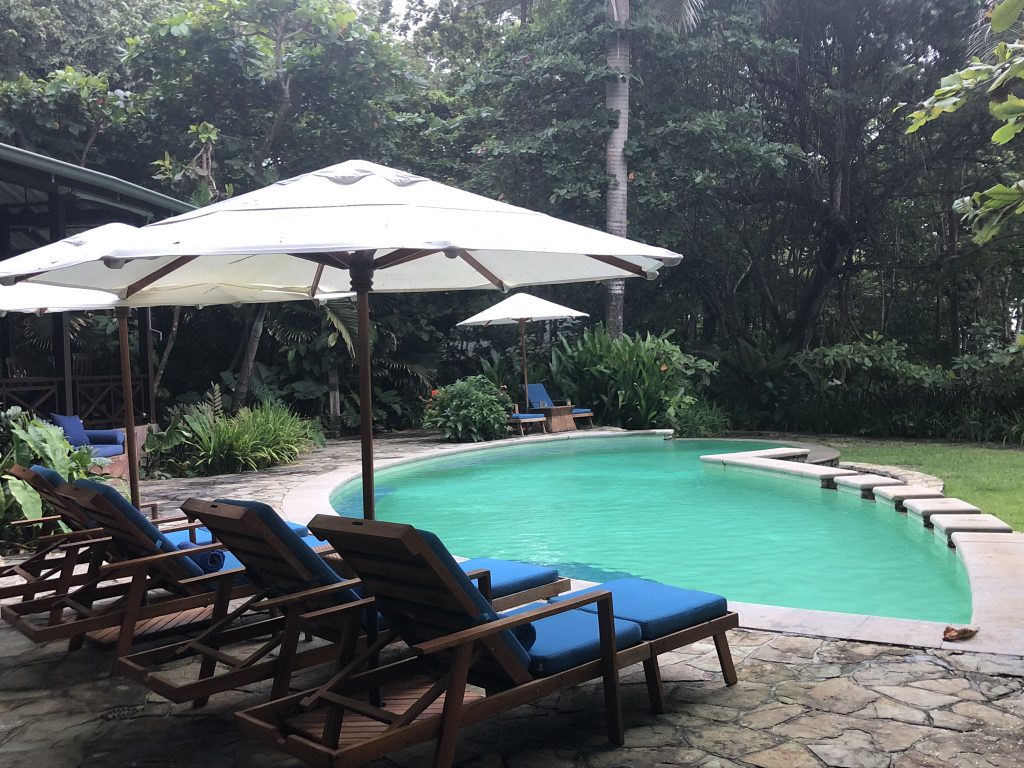
In Costa Rica, nature rightly takes centre stage with its gazillion shades of greens and blues. It’s well documented that the environment has a direct effect on its inhabitants and the Ticos are no exception. So yes, I surrender. I have fallen head over heels in love with this tropical jewel of a country and been totally bowled over by the genuine warmth and friendliness of its people.
Arrival into SJO airport
I’m delighted to report that it took us a mere 10 minutes to go through immigration. (And that was coming off a full BA flight). Once through, there was a team of smiley and enthusiastic Travel Excellence guides to greet us. These are the people who will greet your clients when they go – you can never underestimate the importance of a warm welcome.
Gran Hotel Costa Rica, San José
This luxury hotel is a fantastic new addition to San José’s hotel inventory and right in the heart of the action near the Gold Museum and National Theatre. It’s also Costa Rica’s only hotel in a listed building – its beautiful colonial exterior houses a surprisingly industrial chic interior with crisp, clean and contemporary rooms. Reception and the restaurant are up on the 5th Floor and – unusually for San José – these offer superb views over the capital.
Escalante District, San José
This former residential area is well and truly on the up with streets lined with fairy-lit trees. The gorgeous old homes of the area with their tumbling gardens have been converted into an impressive array of restaurants ranging from pop-up to fine dining which should appeal to clients of all ages, especially as they’re just a short taxi ride from central San José. Lovely safe atmosphere.
Pacuare Lodge – the arrival!
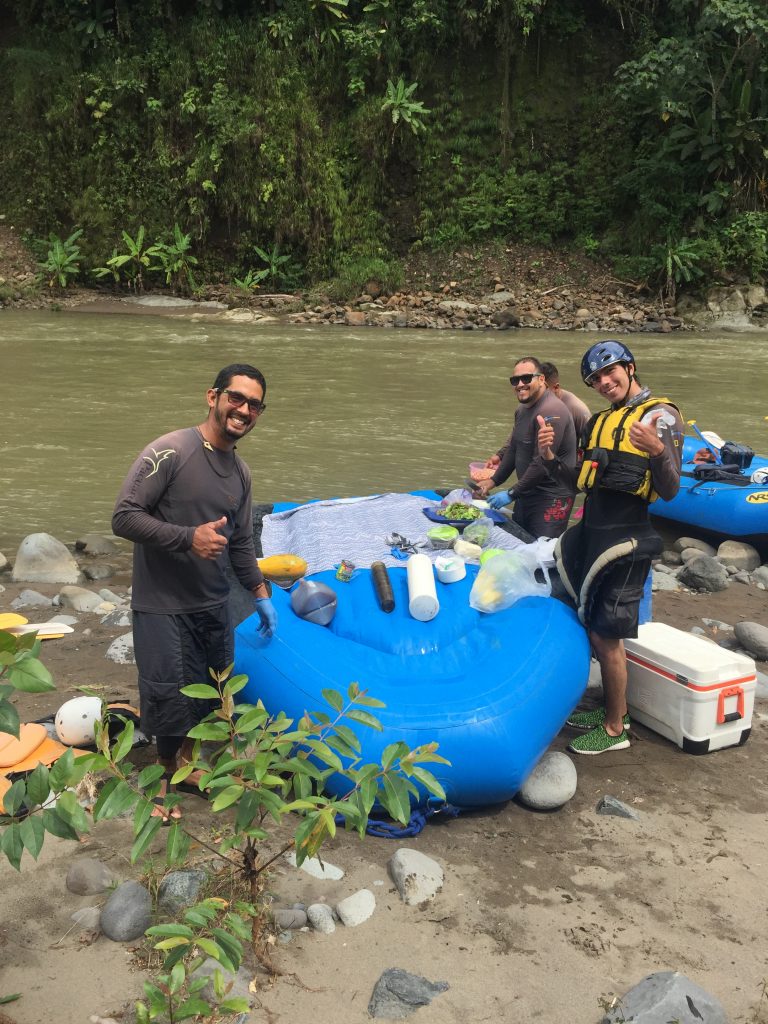
I can’t think of a more exhilarating and beautiful way to arrive at a lodge. Pacuare Lodge is the only lodge in the world where your arrival and departure involves over an hour of whitewater rafting! The adventure begins with an easy 2.5-hour drive from San José, including stopping for a potato tortillas breakfast en route, to the banks of the pristine Pacuare river where your rafts (and guides!) await. And off you go – floating, paddling and occasionally spinning around or tumbling over a few grade 2 or 3 rapids, all under the expert care of the wonderful Pacuare guides. I am the living proof that pretty much anyone of any physical ability can manage and enjoy this 90-minute journey. Even in the rain, it’s a fantastic experience. Also, and I almost did a double-take when I noticed, these guides are multi-talented! Not only do they keep you safe while you’re on the water but once on dry land, they metamorphose (well, shower and change) into Pacuare’s waiters. Love it!
Pacuare Lodge – ultimate eco-luxury
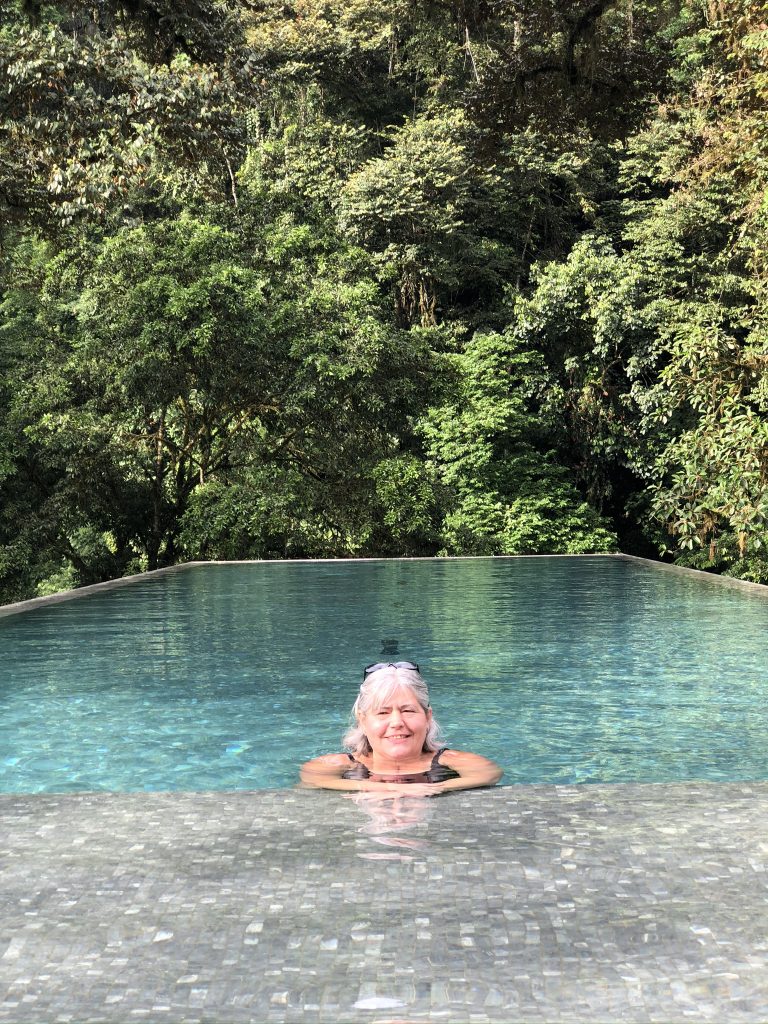
Perfection in Paradise! As a direct result of swimming in Pacuare’s pool, I pledge to do a blog about the top pools in Latin America, and this one will be Numero Uno! Seriously, I’ve swum in a lot of pools but this one wins hands down. Also, their new spa is fabulous – just relax and be pampered to the sounds of nature and the river below.
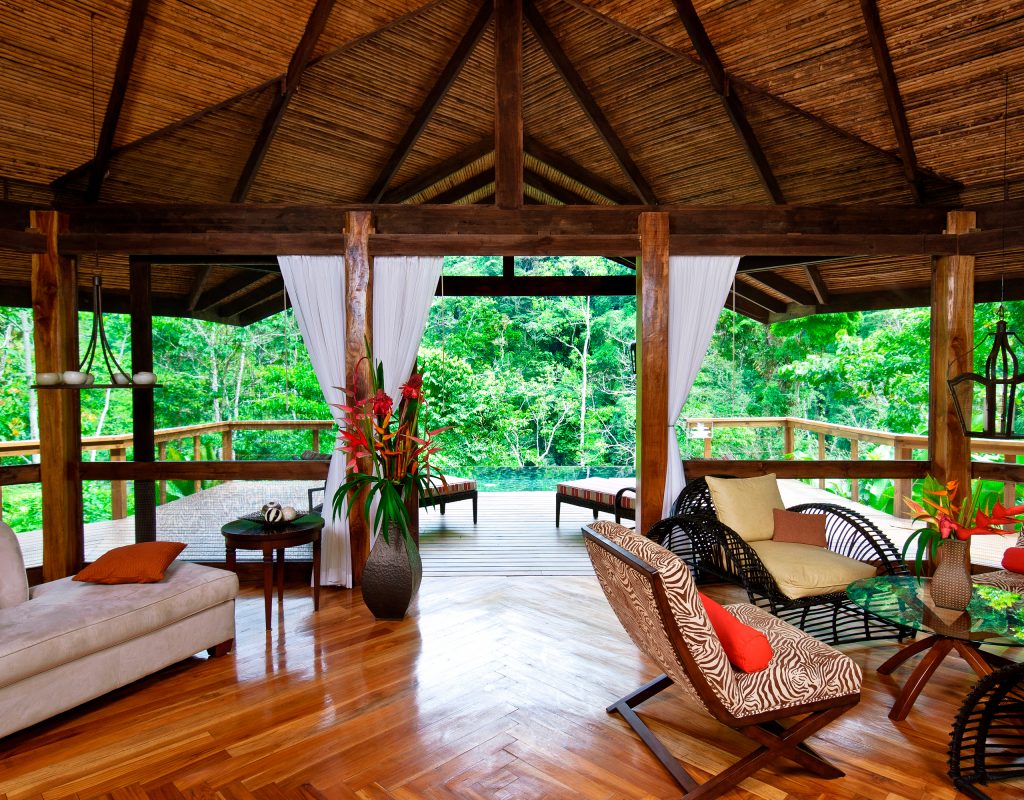
All Pacuare’s rooms, regardless of category, are incredibly comfortable, beautifully furnished and practical. They will you to embrace the natural beauty of your surroundings. Since my last visit, there’s been a subtle but welcome addition of some colour to bring the décor a bit more up to date. Our Linda Vista Suite was insanely large, but all categories have outdoor seating with areas to sit out and enjoy the sunshine – or indeed the rain! One of my favourite mornings was spent on our swinging couch on the deck, listening to birds and the sound of the river. Bliss! It’s not just the spectacular setting and the exquisite rooms that make a stay at Pacuare so memorable. It’s the entire team of staff. They are so genuinely attentive, caring and kind.
Pacuare – the departure
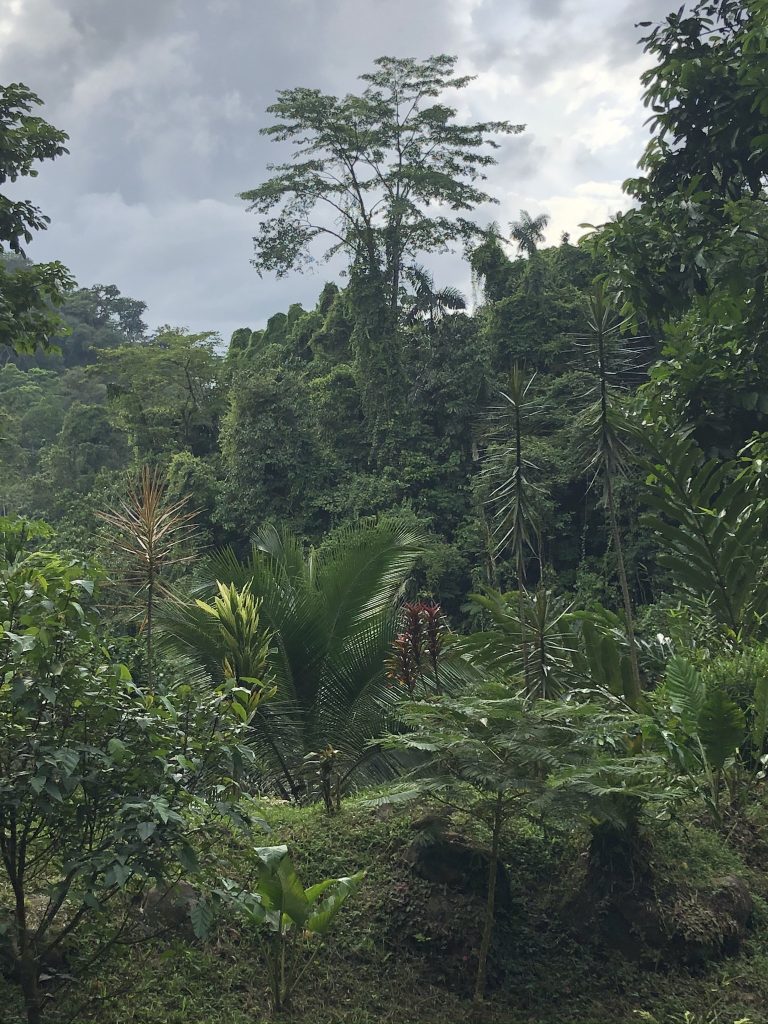
I didn’t think it possible but the scenery on the journey out is even more spectacular than on the way in. And, with rapids of up to Grade 4 to get the adrenaline pumping, it’s even more exhilarating! The journey includes a riverside picnic lunch of freshly prepared deliciousness. All beautifully served up on our upturned rafts. Heaven! It’s worth keeping in mind that when you raft in and out as part of Pacuare Lodge package, you’re in a small private group. We saw many large groups of day-trippers raft along the same stretch of river meaning that in high season, I would imagine it could be a bit like Piccadilly Circus.
Gracias Pacuare – Pura Vida!
Rios Tropicales Lodge
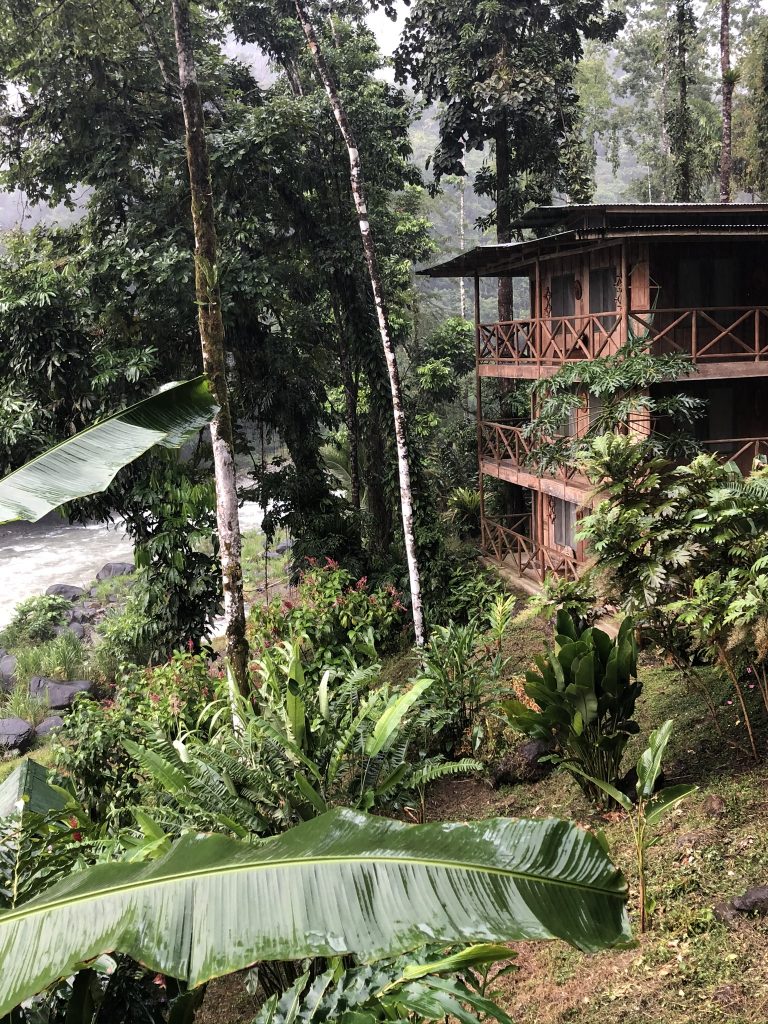
While staying at Pacuare, I took a wander around the bend in the river to visit Rios Tropicales. This is the more affordable option in the area and the views are absolutely stunning. The rooms are all sweet and rustic –simply furnished and tastefully decorated with ample hammock-strewn balconies.
Arenal
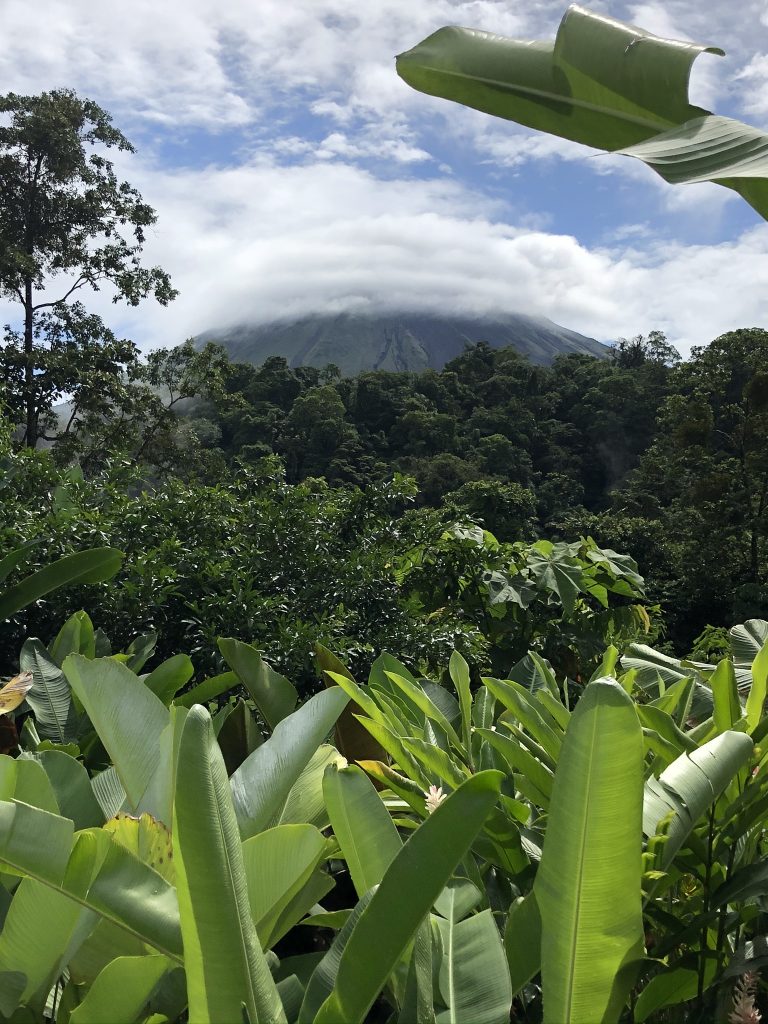
The 2.5-hour (wifi included!) transfer from Siquerres was a joy. Helped by our expert TE guide Manrique, we got to see masses of birds en route but the mammals were elusive. Full disclosure – it rained. A lot. Both our La Fortuna hike and Sloth Tour were rained off. And, those of you who read my Argentina trip last year may remember that I renamed El Chalten the Invisible Mountain. Well, after this visit, Arenal will now be referred to as the Invisible Volcano. Seriously, she didn’t lift her skirts once the entire time we were there. Oh well – it’ll be a pleasure to come back.
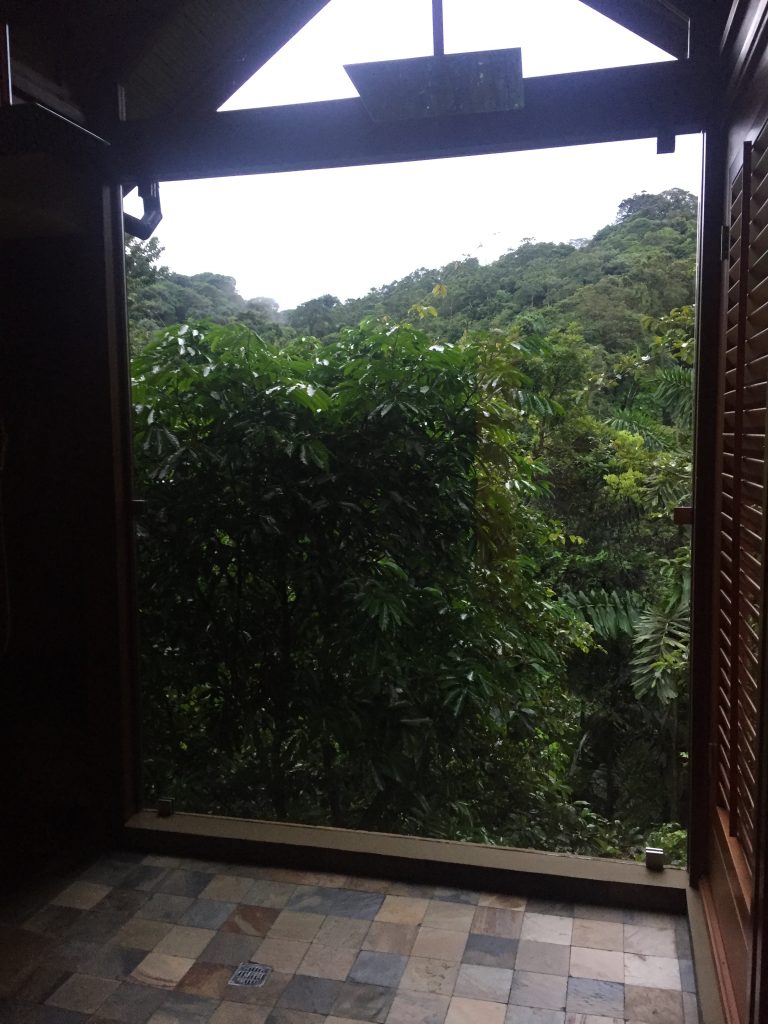
Amor Arenal – small, romantic, boutique
This stunning new boutique property is on a quiet private road up a very steep hill and has just over 30 secluded casitas with floor to ceiling windows, mini plunge pools and double head rain showers that overlook the lush vegetation of the surrounding rainforest. The spa is wonderful and the perfect place to spend rainier days when outdoor activities are rained off. For now, Amor is Arenal’s small classy boutique option, but Amor has expansion plans and will become a much bigger resort (like its competitor Nayara) over time.
Tabacon Grand Spa Thermal Resort
An evening site inspection allowed us to experience their thermal springs and a delicious buffet. Overnight guests enjoy unlimited bathing in the Thermal River and benefit from exclusive access to their adults-only hideaway ‘Shangri-La Gardens’ – a peaceful section away from the busier public area.
Santa Teresa, Nicoya Peninsula
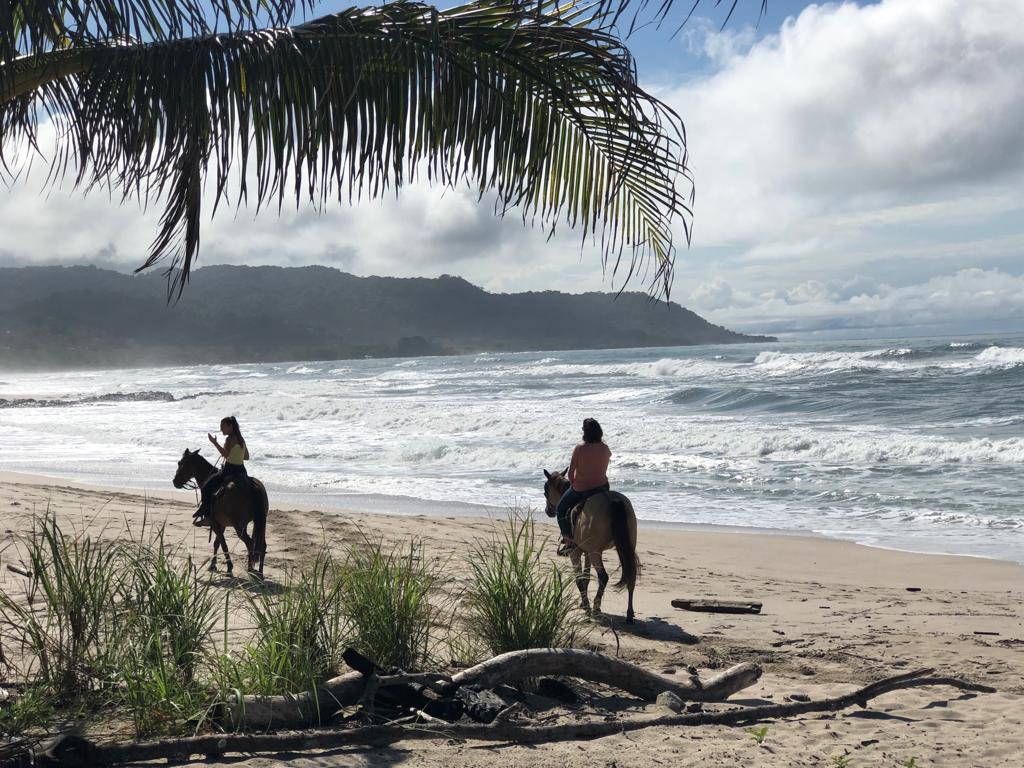
An easy drive and a ferry ride later, and we’re on the Pacific coast. Santa Teresa is fast becoming one of the world’s top surfing spots, and the former hippy-dippy fishing village already boasts an impressive collection of upscale souvenir shops and boutiques, artisans’ studios and restaurants; 30 years ago, there wasn’t even any electricity! Thankfully, the developments are all low rise, and the vibe is relaxed, with locals and tourists alike making the most of the ocean and Santa Teresa’s miles and m-i-l-e-s of magnificent beaches.
Nantipa Beach Resort – luxury, beachside, boutique
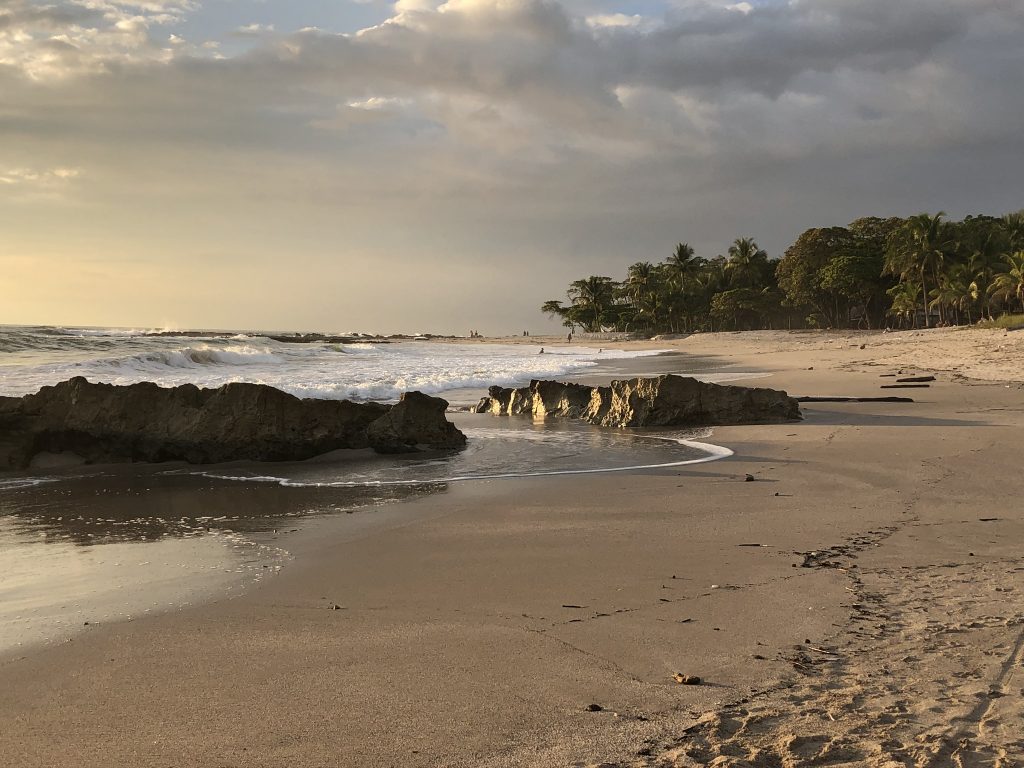
Last year Marco from Travel Excellence spent a few nights at Nantipa and came back raving about it. And now I understand why. Although Nantipa is in Santa Teresa itself, its light and airy suites are nestled in a small clearing amongst the trees and it’s this clearing that makes all the difference – the suites are filled with daylight. They are bright and contemporary, and so close to the beach that I was literally lulled to sleep by the sound of the waves. Nantipa’s pool has been cleverly designed with a curve so you can be in it with others but feel as though you’ve got it all to yourself. Lovely! And the food was to die for. Probably the best I had all trip.
Latitude 10 – homely, low key, barefoot comfort
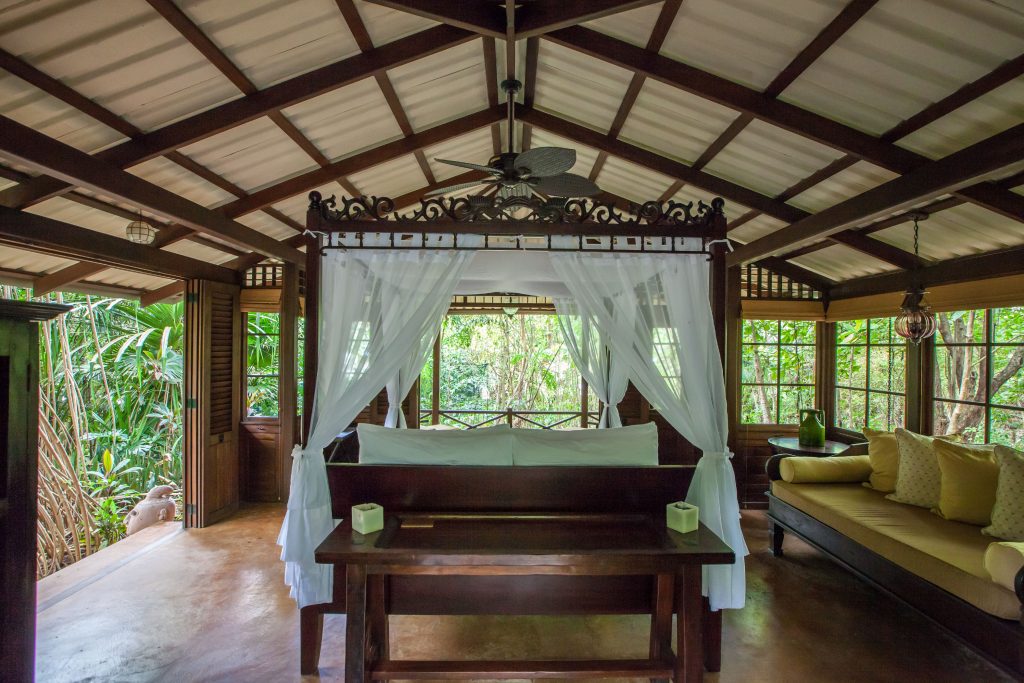
A 10-minute drive up the coast took us to Latitude 10. It is quite a bit further out from Santa Teresa but feels like you’re staying with old friends (and their 3 adorable dogs!) in their rustic beach house at the far end of the beach. The windows are fitted with mesh rather than glass and the bathrooms are outside – it feels a bit like indoor glamping! No aircon, just a freestanding fan at the end of the bed. Latitude 10 is where you go when you really want to get away and pretend you’re on a desert island – I loved it but appreciate it’s not for everyone.
And finally…
Golfo Dulce, Osa Peninsula
Two scenic SANSA flights and a boat ride (complete with dolphins!) and we arrive at our final destination.
Playa Cativo – exquisite, remote, relaxed, rainforest house.
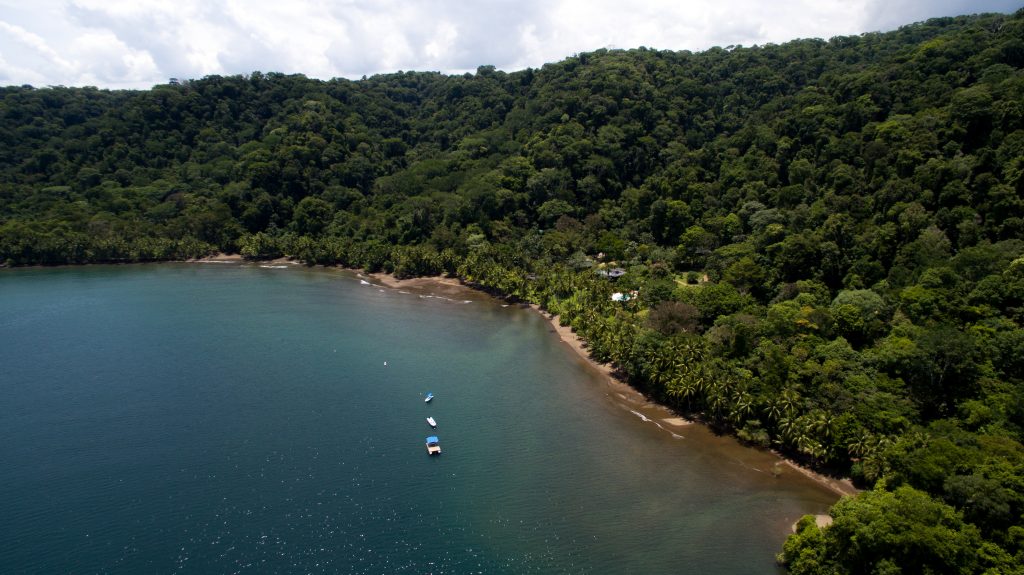
Believe all the hype about Playa Cativo. It’s paradise. Enjoying the idyllic beach, stunning gardens, home-cooked food, yoga, stand-up paddleboarding, kayaking and rainforest trails are the order of the day at this gorgeous lodge. Rooms in the main house are closer to the sea, and also perfect for your birdwatcher clients as they offer fantastic views through the treetops that teem with parrots and toucans. The individual casitas in the grounds are more spacious with their own plunge pools. The sea swimming here is phenomenal. The water is calm and you can swim in complete solitude across the tropical bay. You don’t have to be a keen swimmer to enjoy Playa Cativio, there are numerous walks through the forests. We enjoyed very close encounters with monkeys, a Kinkajou and beautiful Tayra. Playa Cativo is bliss.
All too soon, it was time to head home but there is always more to see – I’ll certainly need another trip in the not too distant future!
Hopefully this has tickled your tastebuds and will help you inspire your clients to visit or even revisit Costa Rica.
With so many new properties opening in Costa Rica, the choice for your clients can be overwhelming but the team at Travel Excellence go on regular inspections and keep up-to-date in order to be able to answer your questions.
As ever, please don’t hesitate to get in touch with any queries or training requests.

